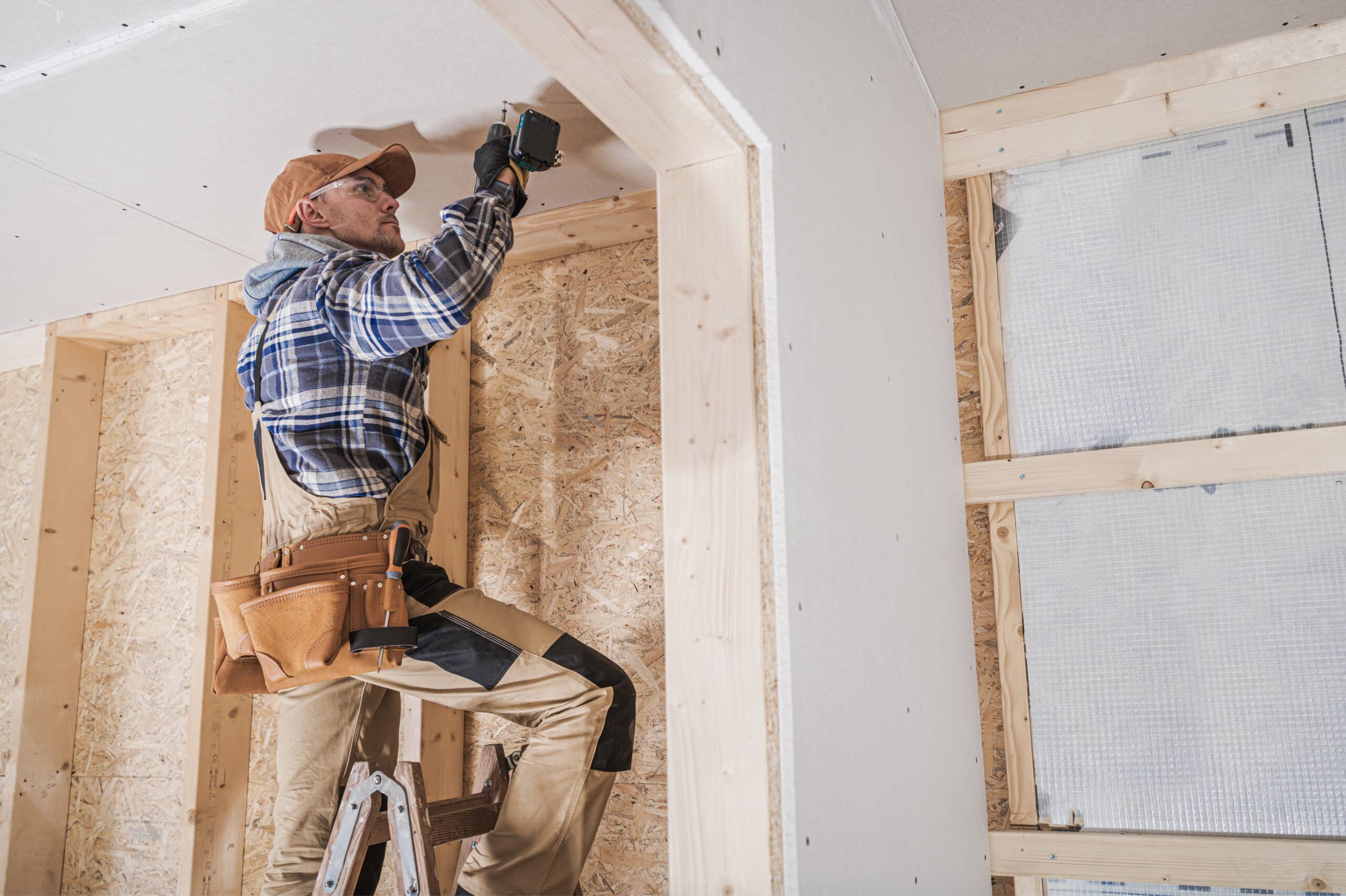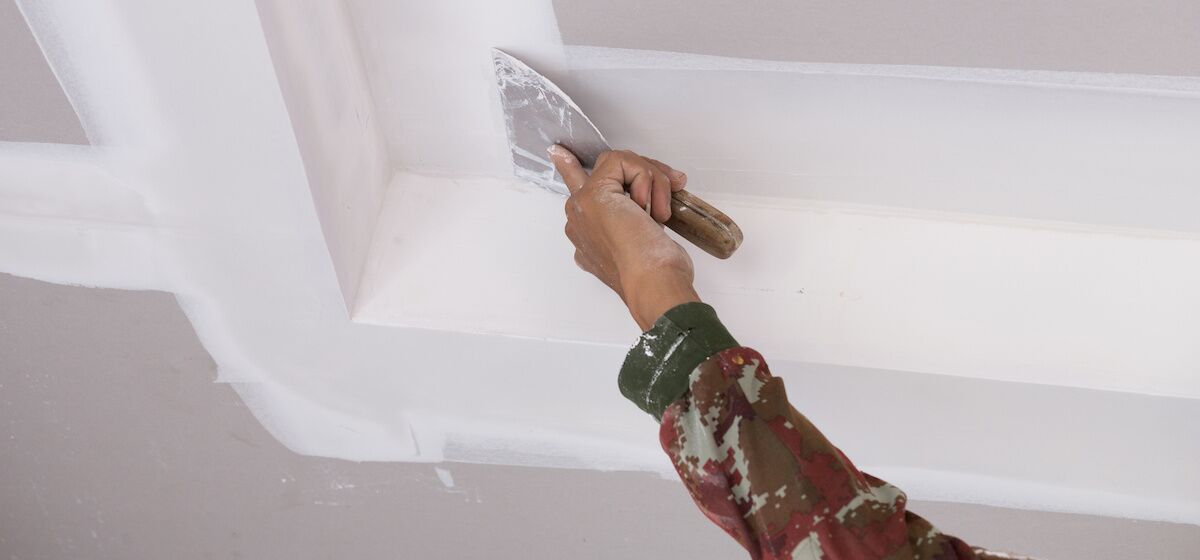Complete Guide to Reliable and reliable Drywall Installment
Drywall installment is an important part of any construction or remodelling project, demanding a thorough approach to ensure both effectiveness and reliability. It is essential to explore the nuances of each step in the procedure, as they jointly contribute to the total success of the drywall setup.
Crucial Tools for Drywalling
When starting a drywall installment task, having the right tools is vital for achieving an expert finish. Important tools consist of a drywall blade, measuring tape, and a T-square, which are basic for accurate dimensions and smooth cuts. A drywall lift is additionally extremely advantageous, especially for ceiling setups, enabling easier handling of heavy panels.
For securing the drywall, a cordless drill and drywall screws are required. The drill ought to be outfitted with a drywall little bit to ensure efficiency and precision. In addition, an essential device is the drywall saw, which assists in cutting around electric outlets and various other challenges.

Moreover, protective equipment such as safety and security glasses and a dirt mask are vital to guarantee individual safety and security throughout the setup process. Utilizing the right devices not only enhances the top quality of the installation however also enhances the workflow, making the task extra effective overall.
Preparing the Area

Following, evaluate the condition of the ceilings and walls. Fix any kind of existing damage, such as openings, splits, or peeling paint, to make sure a smooth and even surface for drywall application. Furthermore, look for electrical outlets, plumbing lines, and HVAC ducts, noting their locations to avoid complications throughout installation.
It is additionally essential to measure the space accurately, determining the dimensions of the wall surfaces and ceilings to determine the appropriate amount of drywall required. Develop a thorough plan that consists of the design and alignment of the drywall panels.
Setup Methods
Efficient setup strategies are crucial for attaining an expert coating in drywall tasks. Correct measurement and cutting of drywall sheets are basic actions. Always determine the wall space precisely, permitting any kind of outlets or switches. Use an utility blade for tidy cuts, racking up the paper face and breaking the board along the racked up line.
When hanging drywall, begin from the top and work downward, ensuring that the lengthy side of the board is vertical to the framework. Secure the sheets with screws instead of nails, which give higher holding power and reduce the threat of popping. Area screws every 12 inches along the sides and every 16 inches in the field of the board.
For corners, utilize corner beads to accomplish sharp, clean edges. When installing on ceilings, make use of a drywall lift or have a partner aid in holding the sheets in position (drywall fort worth). Keep a gap of regarding 1/4 inch over the floor and ceiling to fit expansion and contraction
Completing Touches

Begin by applying joint tape over the joints. This can be either paper or fiberglass fit together tape, with paper being favored for its sturdiness. As soon as the tape is in area, it's time to use the initial coat of joint substance, additionally known as mud. Make use of a 10 to 12-inch taping blade to spread out the compound evenly over the taped joints, feathering the sides to blend with the bordering drywall.
Enable the substance to dry extensively, generally 24 hours. After drying out, sand the surface area gently with fine-grit sandpaper to eliminate any blemishes. drywall Related Site fort worth. Repeat the mudding and fining sand procedure, usually 2 to 3 coats, making sure each layer is flush and smooth with the drywall surface area
Common Errors to Stay Clear Of
Several DIY enthusiasts experience risks during drywall setup that can compromise the final results. One common error is stopping working to correctly cut and gauge drywall sheets.
Another constant error is improper fastening. Making use of as well couple of screws or nails can cause loosened drywall, while overdriving fasteners can trigger the paper to tear, compromising the structure. It's essential to keep regular spacing, generally every 16 inches, and to guarantee that bolts are flush with go to my site the surface area.
Additionally, not dealing with dampness issues before installation can result in mold growth and structural damage. Always analyze the atmosphere and use moisture-resistant drywall in high-humidity locations.
Verdict
Trustworthy and reliable drywall setup calls for precise attention image source to information throughout the procedure. Avoiding usual errors additionally contributes to a professional result, underscoring the importance of accuracy and strategy in successful drywall tasks.
It is necessary to check out the nuances of each step in the process, as they jointly contribute to the general success of the drywall installment.When getting started on a drywall setup project, having the right tools is essential for achieving a professional surface.For securing the drywall, a cordless drill and drywall screws are essential.Properly preparing the area is essential for an effective drywall installation.Reliable installation techniques are critical for attaining a specialist finish in drywall projects.